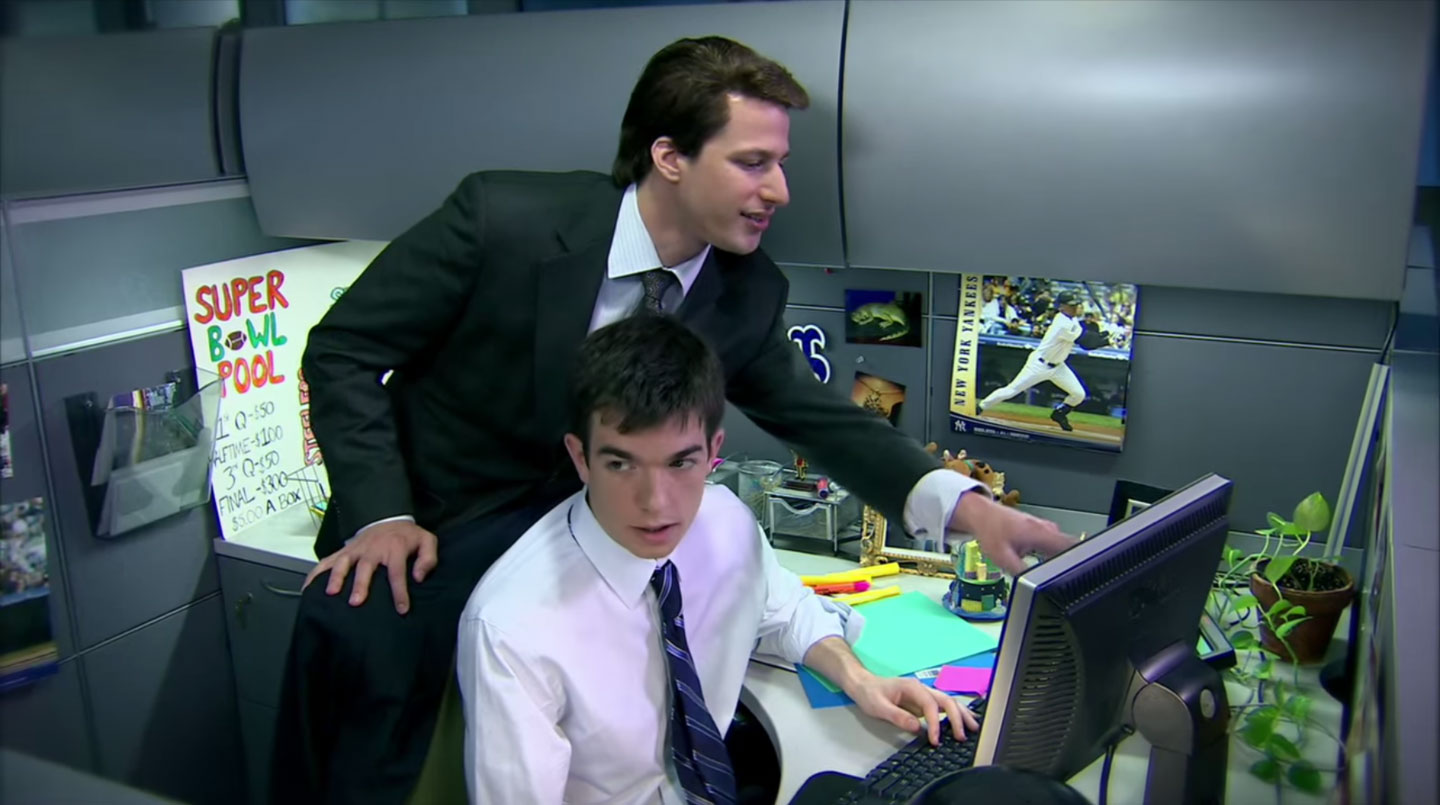Some clients are easier than others
One of the most frustrating experiences for a freelance designer is working with a micromanaging client. A lot of times, suggestions for design changes can be downright arbitrary. Whether or not a background hue is purple or periwinkle might not make any difference to the success of a design. But for some reason, it can make a huge difference to the “decision maker.”
Often the feedback from a micromanaging client makes the original design feel wrong (something that requires fixing). This makes for additional rounds of revisions and can lead to the end product suffering in the process. It’s the designer’s responsibility to make sure this doesn’t happen. But how do you work with a micromanaging client that’s paying the bill?

The micromanaging scenario almost always comes after designs are submitted for approval or feedback. Specific requirements are rarely supplied upfront. Micromanagers are much more likely to critique something after it’s complete rather than supply explicit instructions prior to beginning work.
“I’ll know it when I see it” is the philosophy that rules out. Besides requiring additional rounds of revisions (added cost and effort), micromanagers can also damage the way designers feel about a project and the working relationship.
Professional collaboration
Micromanagement is a common problem. The trick is to look at the relationship as collaboration rather than order-taking. For the most part, a designer will be making 90% of the decisions. It’s to be expected that a client will weigh in on 10% of a project to make sure the quality is there (and things are to their liking).
Clients are paying the bill and it’s their right to place a personal stamp on the end result. The irritating part for a designer is when revision requests come late in the design process, create rework and present the likelihood that quality will suffer.

As a designer, there are a couple of things to keep in mind. First, it’s the designer’s responsibility to protect the quality of the final design. You need to develop a professional attitude that insulates you from criticism and allows you to give constructive feedback to micromanagement. Leave your inner artist at the door.
One of the differences between being a designer and an artist is that designers are hired to create work for other people. Design is a professional activity and collaboration is almost always a part of the process. A professional designer separates themselves from their work and understands that there is nothing necessarily personal about the end result.
The goal is to produce effective results, not something that speaks from a personal perspective or artistic viewpoint. Good design often includes unique elements from the designer, but personal expression isn’t a requirement. Effective design is what matters most.
How to participate with a micromanager
You’ve worked hard on a layout, it looks good and you’ve sent it off for approval. The next day you receive an email with a list of 20 design tweaks that appear to have come out of nowhere. You’re dealing with a micromanaging client… What do you do?
Understanding comes first. The client probably doesn’t foresee the cascade of unexpected outcomes that can erode a perfectly good design solution. There’s no need to take it personally or look at the original design as being wrong. You need to look at the request as collaboration gone wrong.
Yes, it would have been better to get these requirements prior to beginning work but that’s not the case. Before mindlessly attacking the to-do list, you need to validate the requests. Do they make the design better? If not, it’s your responsibility to educate the client and offer a solution that works in the best interest of the final design.
Don’t be afraid to suggest alternatives when you’re being micromanaged. Often times a micromanaging client just needs the rationale behind why you’re hesitant to make certain changes. This is your opportunity to communicate and show off your design expertise (and educate them for future projects).
A little feedback from you can make the current project better and future workflow smoother. Eventually you’ll have better collaboration with your client, more respect and an improved working relationship. A little confidence and proactive communication can go a long ways towards improving your relationship with a micromanaging client.







